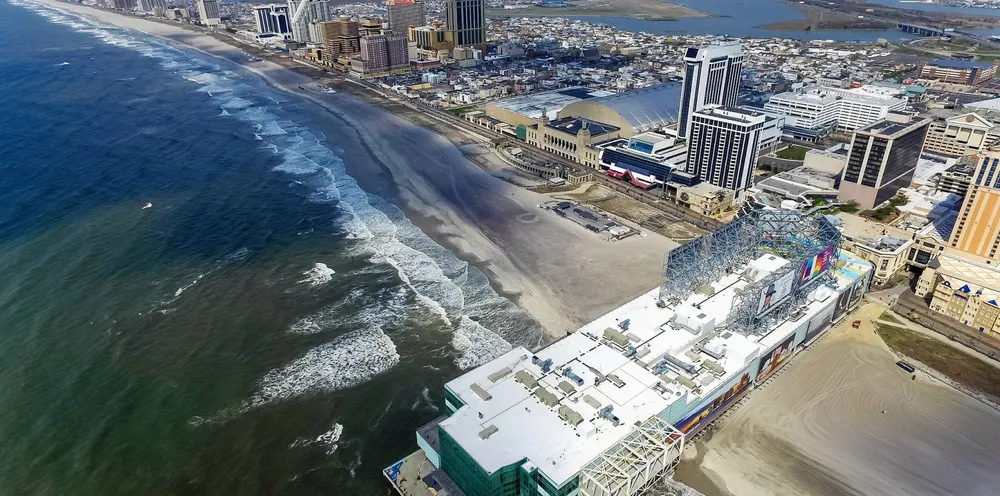Shell-EDF's Atlantic Shores and Orsted vie in US record New Jersey offshore wind round
Developers hand in bids to state's board of public utilities for up-to-2.4GW solicitation for development area off Garden State

Developers hand in bids to state's board of public utilities for up-to-2.4GW solicitation for development area off Garden State
